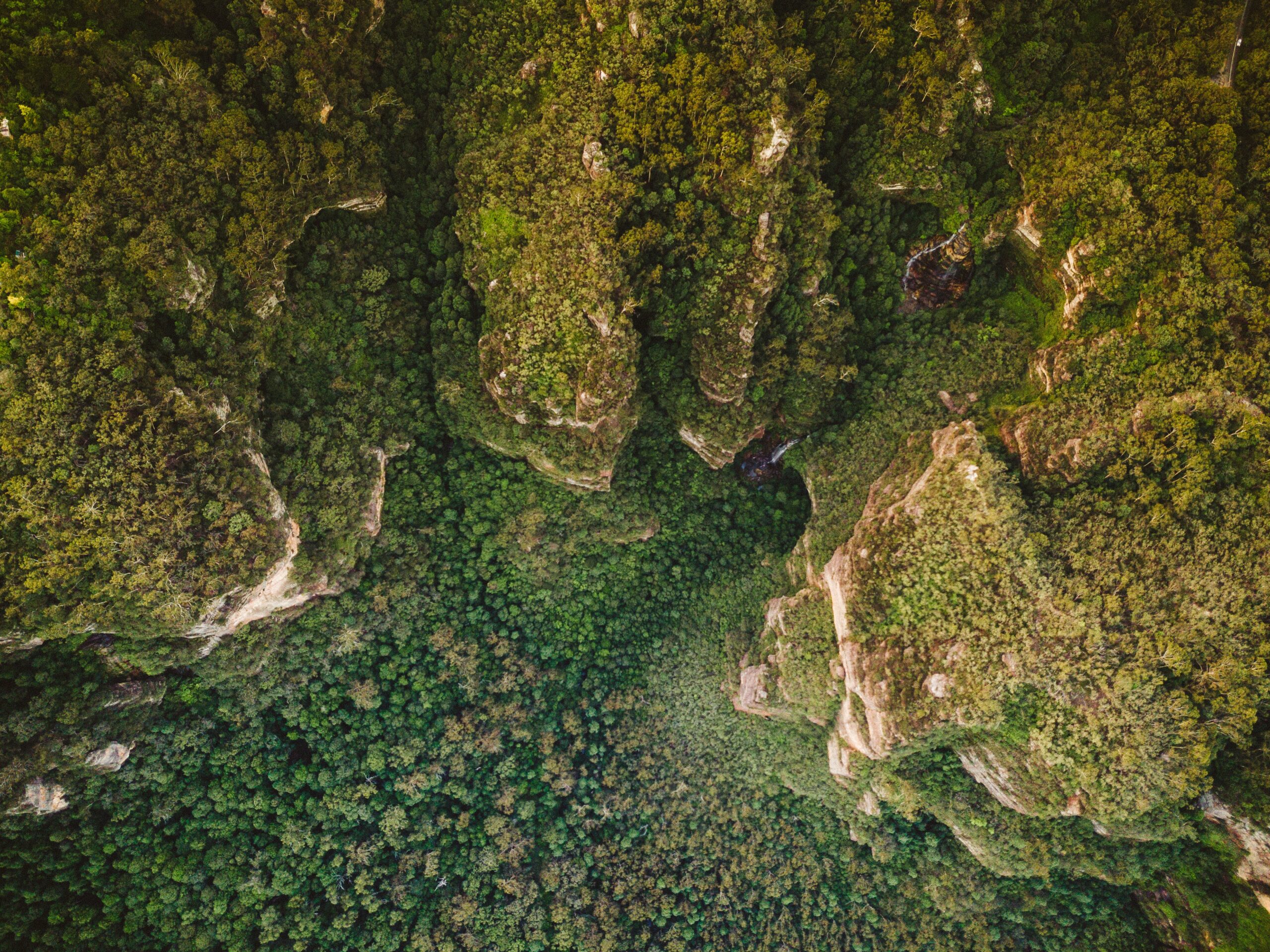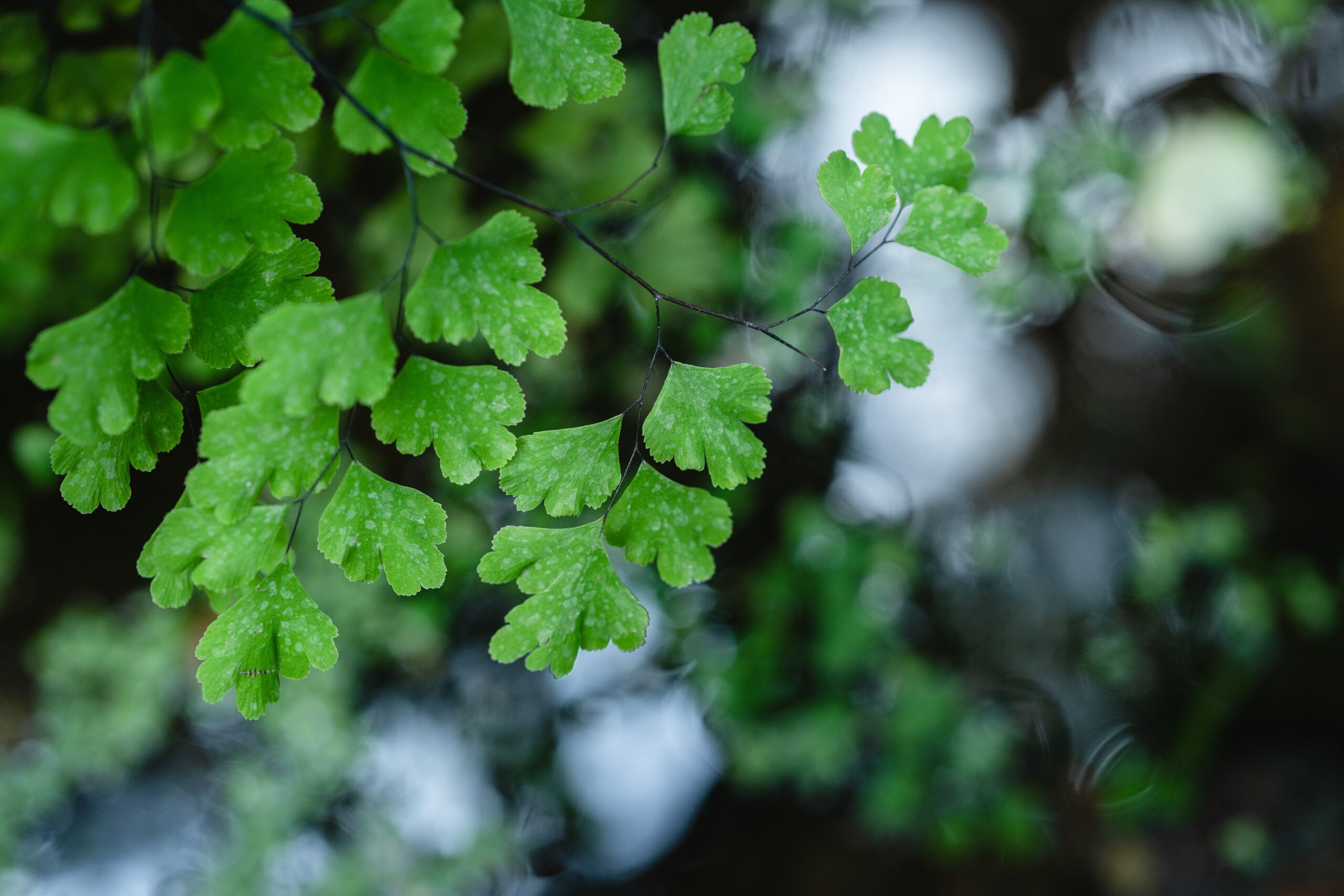
trial, error, and success: indigenous origins of the scientific method
how all learnings about the use of medicinal plants first began
‘Trial, error, and success’ is a method of learning and problem-solving that provides knowledge through experimentation and empirical observation of the natural world.
Despite being practiced widely and with expert accuracy within indigenous cultures all over the world, the value of ‘trial, error, and success (TES)’ is often overlooked within western science in favour of controlled trials and lab settings. As a result, indigenous knowledge is frequently viewed as being at odds with science.
But this bias could not be more misguided.
exploring the validity of trial, error, and success
In reality, trial, error, and success testing is used in all sorts of mathematical applications (from genetic algorithms, to machine learning, and simulated annealing), and it is the exact same system and premise of TES testing that once served as the primary and most effective method of discovering new pharmaceutical drugs (1).
Traditionally speaking, chemists would have selected chemicals or antibiotics at random until stumbling upon one with the desired effect. In the study of algebra TES is referred to as “guess and check,” and in the field of computer science they call it “generate and test.”
Of course, these formulas used at present are no different from that of indigenous tribes who distinguish between natural friend and foe — which berries may poison and which of those may nourish and heal — by observing the effects within the human body and passing the knowledge from generation to generation.
Trial, error, and success is therefore not a lesser, more unreliable version of the scientific method; rather, it is the origin of it.
And without these traditional ways of seeking knowledge, modern science (nor sofi) could not be what it is today.
the role of trial, error, and success in the reconnection of people and plants
When it comes to understanding the interaction between people and plants, we first and foremost have indigenous knowledge, traditional wisdom, and trial, error, and success testing to thank.
Defined as “a body of knowledge built up by a group of people through generations of living in close contact with nature,” indigenous knowledge involves the senses and (just like modern science) strictly follows logic and reason (2).
Unlike modern science, however, indigenous knowledge is shaped by the dynamic characteristics of the given environment. It ebbs and flows with changes in natural conditions, and differs from individual to individual and culture to culture, giving it great advantage when it comes to the use and discovery of medicinal plants.
“Indigenous plant lore accumulates based on successes and failures in an iterative pattern of observation upon observation. The ultimate results of this hypothesis testing are astounding when one considers that over 400,000 distinct species of flowering plants are thought to be found on earth.
But humans are consummate experimenters, driven by curiosity and the prospect of finding a more pleasant, adventurous, or meaningful life.
The skills displayed by the indigenous peoples of the Amazon Basin, [for example], who have discovered how to use complex chemical admixtures of plants with potent psychoactive effects, are therefore likely based on empirical knowledge similar to that of modern scientists using the most advanced analytical tools (3).”
- Dr. Michael J Balick and Dr. Paul Alan Cox, Authors of Plants, People, and Culture: The Science of Ethnobotany.
Our challenge with sofi was to create a modern way to characterise plants, understand their variability, and deliver them in an easy-to-use platform that would allow us to learn individual experiences with each plant. Without directly relying on a system of trial, error, and success, there just wouldn’t be a way.
Between different species, batches, methods of extraction, active compounds, and external factors such as time of harvest, location, and storage conditions, the therapeutic properties of a plant can differ completely.
This, among other reasons, is why picking any old remedy off the supermarket shelf can be so incredibly hit-or-miss. It’s because variables such as those listed above can impact the specific molecular mechanisms being targeted by the plant, and alter the effects of the drug completely.
Herein lies the importance of 'N-of-1'* and a personalised approach to healthcare. There is no one size fits all, and what ‘trials and succeeds’ for one person may very well ‘trial and error,’ for another, with no noticeable effect whatsoever.
As a result, our team of scientists have worked hard to develop a system of identifying, fingerprinting, and play listing plants, to provide us with invaluable feedback regarding which plant-based formulations do work for you — just as well as the ones that don’t.
We don’t promise to already know what works for you, but we do promise to continue with trial and error until we’ve reached success.
This means that instead of relying on randomised controlled trials to tell us what might work for an average population, we look towards the experience of the individual — and the data points we collect via our app — to make the main expert of remedying your problems with plant-based medicine, you.
From there, it’s our hope to foster a community of citizen scientists, who, with the help of herbalists and mainstream healthcare professionals, can find formulations that allow our community to thrive.
And all using the original system of repeated trial, error, and success.
*N-of-1 or single subject clinical trials consider an individual patient as the sole unit of observation in a study investigating the efficacy or side-effect profiles of different interventions. The ultimate goal of an n-of-1 trial is to determine the optimal or best intervention for an individual patient using objective data-driven criteria.
Text References:
- Indigenous Knowledge Definitions, Concepts and Applications. (1999). [Ebook].
- Johnson, M. (1998). Lore: Capturing traditional environmental knowledge. Diane Publishing.
- Balick, M. J., & Cox, P. A. (2021). Plants, people, and culture: The science of ethnobotany. New York: Scientific American Library.

